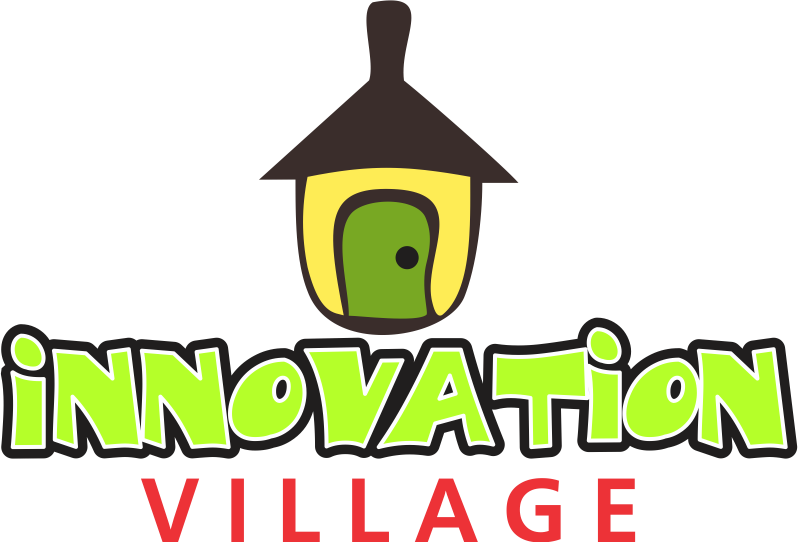Following what appears to have been a successful pilot program, OpenAI has announced the global rollout of group chats in ChatGPT. This feature will become available to all logged-in users across Free, Go, Plus, and Pro plans over the next few days.
The company initially began testing collaborative chat functionality about a week ago in select regions, including Japan, New Zealand, South Korea, and Taiwan. The goal was to explore ways for users to work together directly within ChatGPT.
How Group Chats Work
Once you start a conversation in ChatGPT, you can invite up to 20 participants to join. Invitations can be sent to existing ChatGPT users or to new users who create an account after clicking the invite link. Within these group chats, participants can:
- Collaboratively prompt ChatGPT
- React to each other’s messages
However, OpenAI has intentionally kept the feature set minimal. Key limitations include:
- No memory storage: Group chat content is not saved in ChatGPT’s memory.
- Flexible moderation: Any participant can remove another member, except the creator, who cannot be removed.
Social Features and Broader Context
This move aligns with OpenAI’s gradual exploration of social functionality. Earlier this year, reports suggested the company was working on a text-based social feed—potentially a competitor to X (formerly Twitter)—though that project has not yet launched.
OpenAI has also experimented with entertainment-focused apps, such as Sora, introduced in September, which rivals TikTok by offering short-form, AI-driven content. While group chats in ChatGPT are unlikely to replace mainstream messaging platforms like Messenger, they do provide a unique AI-powered messaging experience, similar to what Meta has been testing on Instagram. The difference? ChatGPT remains one of the most widely liked and trusted AI chatbots.


